Racing Pigeon – Diseases Every Fancier Should Know
Bacteria, worms, parasites, fungus. These are all causes of racing pigeon diseases. Disease can affect every racing pigeon and can rapidly spread through your loft. A successful fancier needs to know the causes, signs and symptoms of the common diseases. In this article, we will discuss the most common diseases known to racing pigeons and the steps for prevention. Armed with this knowledge, the fancier can implement steps to control, if not prevent, many of the racing pigeon diseases.
Canker (a.k.a. Trichomoniasis)
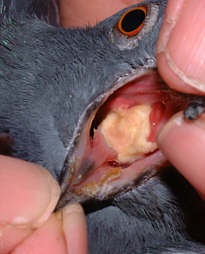 Cause and Transmission
Cause and Transmission
Canker is the most common pigeon disease. It is caused by a flagellated, microscopic protozoan. This means you can’t see it but it can move on its own, unlike a parasite that hitches rides on other living things.
Canker will usually be transmitted between birds through the drinking water. Parents can also infect the young through the feeding. Young pigeons are most susceptible but all birds are more likely to get the disease in times of stress.
Signs and Symptoms of Canker
- Reduced bird activity
- Ruffled feathers
- Weight loss
- Increase in water consumption
- Diarrhea
- Cheesy yellow deposits in the mouth or throat
- As the disease progresses, a stringy mucous and foul odor from the mouth
Preventative Measures
- Control stress
- Maintain regular feeding and watering schedules
- Regular sanitization of drinkers
- Quarantine and observe new arrivals for several weeks
- Give an anti-canker drug on a regular basis as your vet recommends
Coccidiosis
Another very common disease caused by a protozoan, Coccidiosis infects the birds’ intestines and is highly contagious. Pretty much all pigeons carry the disease but most adult birds are immune enough to keep the disease at bay and remain healthy.
However, young birds or stressed birds can become infected. Stressors include things such as racing, showing, relocation and lack of feed and water.
Coccidiosis is transmitted by drinking unclean water and through contact with moist bird droppings.
Signs and Symptoms of Coccidiosis
- Loss of appetite and little desire to drink
- Lack desire to move and will remain puffed up on perches, often with closed eyes
- Droppings are loose, greenish and can be very watery
- Weight loss
- Death in young birds
Preventative Measures
- Sanitary measures- keep the loft dry and clean, drinkers sanitized
- Keep feed away from chance of contamination with droppings
- Keep feed away from contact with rodents
- Prevent birds from drinking unclean water from gutters or mud puddles
- Quarantine and observe new birds for several weeks
- Disinfect race baskets weekly
- Give returning racers a preventative treatment soon after their return
E-Coli (a.k.a. Collibacillosis)
This intestinal disease is caused by the E-Coli bacteria and is more prevalent than initially thought. E Coli spreads quickly through the loft because it is in the droppings and is transmitted through infected dust particles, in rodent droppings and by infected pigeon droppings coming in contact with nested eggs.
Signs and Symptoms of E-Coli
- Listlessness
- Weight loss
- Loose, mucousy, greenish-yellow droppings, sometimes with a foul odor
- Some may develop nasal discharge and respiratory problems
- Death in the nested young
Preventative Measures
- Maintain good loft hygiene
- Keep rodents away from feed and water
- Keep dust and ammonia levels down
One-Eyed Cold
This is a condition that usually starts with a peck or other injury to the eye. One-eyed Cold falls into the respiratory disease category and the bacteria involved is “avian chlamydiosis” or AC. AC is transmitted through nasal secretions and feces. The bacteria can also be transmitted through dust.
Signs and Symptoms of One-Eyed Cold
- Watery or mucousy discharge from one eye
- Can affect both eyes
- Eye can be completely shut
Preventative Measures
- Maintain good ventilation and do not overcrowd
- Keep dust levels low and other loft hygiene measure
Paratyphoid (a.k.a. Salmonellosis)
This is another bacterial disease caused by flagellated, mobile, gram-negative bacteria. It is common and widespread and can be introduced into your loft and transmitted by:
- Droppings of infected pigeons
- Rodents
- Inhalation of infected dust
- On the soles of the fancier’s shoes
- Roaches
- Wild pigeons
Plus, adult birds who have recovered from Paratyphoid can continue to be carriers of the disease.
Signs and Symptoms of Paratyphoid
- Rapid weight loss
- Loose, greenish droppings
- Swelling of the leg joints or feet
- Wing boils
- “Twisted neck” syndrome as seen in PMV
- Labored breathing followed by death within the second week of hatching
- Egg death
Preventative Measures
- Meticulous loft hygiene
- Regular cleaning of feeders and drinkers
- Prevent contact with rodents, roaches and wild birds
- Maintaining an acid pH level of the loft to below 4.0 by acidifying the droppings through the addition of Nolvasan or a similar additive to the drinking water
- Routine vaccination against Salmonella
Pigeon Pox
This is a virus carried by biting insects such as mosquitoes. When the insect bites the pigeon, the virus gets into its blood stream. Symptoms appear within five to seven days.
Signs and Symptoms of Pigeon Pox
- Small whitish wart-like lesions on the heat, beak area, legs and feet
- Lesions enlarge to yellowish bumps that may ooze blood
Preventative Measures
- Don’t treat lesions- they will dry and fall off
- Mosquito and fly population-control in and around the loft
- Only prevention is vaccination
PMV (a.k.a. PMV-1)
PMV-1 is an extremely contagious viral infection that only affects pigeons. This virus can spread rapidly throughout hundreds and thousands of racing pigeons because they are confined and mixed in large numbers prior to racing.
PMV-1 is transmitted through direct bird-to-bird contact and by indirect contact through contaminated feed, water or litter.
Signs and Symptoms of PMV
- Very loose, watery droppings
- Lack of appetite
- Poor coordination
- Ruffled feathers
- Paralysis of the wings and legs
- In advanced stages, ‘twisted neck’ symptoms
- Death
Preventative Measures
Vaccination is the only prevention of PMV-1. And, in the US. The only effective vaccination is the Maine Biological oil-adjuvant PMV-1 vaccine.
Note: The LaSota vaccine does not vaccinate against PMV-1. The LaSota vaccine is for NewCastles disease, which rarely occurs in pigeons.
Pigeon Malaria
Pigeon malaria is transmitted by the pigeon fly, which bites the bird, depositing a protozoan that then attacks its red blood cells. Pigeon malaria is present in about one-third of tested flocks. There is no cure so prevention is vital.
Signs and Symptoms of Pigeon Malaria
- Symptoms are very vague to non-visible
- Dull plumage
- Reduced racing performance
Preventative Measures
- Control the primary carrier of the disease- the pigeon fly
- Quarantine new birds
- Dip or dust birds after they have mixed with other birds
- Eliminate chance of contact with wild pigeons
Respiratory Infections
Cause and Transmission
Respiratory infections are caused by infectious bacteria and include diseases such as Mycoplasmosis Catarrh and Ornithosis, caused by Chlamydia. The bacteria live in the upper respiratory tract and can be hard to eliminate.
Too often, many infected birds never recover completely, and, while without active symptoms, these birds become carriers of the disease. Because birds can be ‘silent’ carriers, or have very few or mild symptoms, the only way a racing fancier may realize his bird is sick is through a poor racing performance.
Signs and Symptoms of Respiratory Infections
- Unwillingness to fly or poor racing performance
- Loose greenish droppings
- Weight loss
- Throat mucus
- Open beak and heavy breathing
- Rasping or gurgling when breathing
- Watery eye discharge
- Swelling in the eye area
- Nasal discharge
- Air sac or crop swelling from air trapped under the skin as the air sac tears
Preventative Measures
- Quarantine new birds
- Maintain good ventilation
- Keep loft draft free
- Maintain low dust and ammonia levels
- Keep litter clean
- Control humidity
- Don’t overcrowd
- Limit contact with wild birds (70% are either infected or carry a respiratory disease)
Note: Do not attempt to treat or prevent respiratory infections ‘hit and miss’ with sporadic treatments at low doses. This can rapidly cause resistance to effective drugs. Always follow the drug manufacturer’s instructions in any and all treatments.
Sour Crop (a.k.a. Candida or Thrush)
This fungal, digestive tract infection is very common. Often, it is the result of excessive antibiotic use.
Signs and Symptoms of Sour Crop
- Small whitish spots in the throat (often mistaken for canker)
- Listlessness
- Loss of appetite
- Weight loss
- A water-filled crop
- Frequent vomiting, often with a very foul odor
- In adult birds, feather pulling
Preventative Measures
- Medicate judiciously, especially with antibiotics
- Maintain a sanitary loft
- Avoid overcrowding
Worm Diseases
Racing birds will get worms through ingesting the worm eggs from the basket and through contact with other infected racing pigeons or stray pigeons.
If you suspect worms, it is best to have the droppings analyzed for the type of worm. The most common worms include:
- Roundworms
- Hair worms
- Stomach wall worms
- Gapeworms
- Stronglylids
- Tapeworms
Signs and Symptoms of Worm Diseases
Will vary depending on the type of worm, minor cases will show no symptoms
- Droopiness
- Weight loss
- Diarrhea
- Breathing problems in the case of gapeworms
Preventative Measures
- Maintain a clean, sanitary loft
- Establish and maintain a preventative worming program
External Parasites
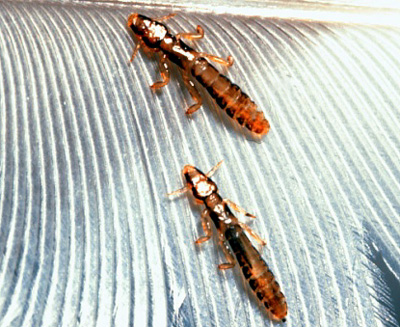 Cause and Transmission
Cause and Transmission
There are a number of external parasites and the damage they cause can vary from sheer annoyance to spreading disease. Here are the most common external parasites with a description of the harm they inflict:
Feather lice
- The least harmful overall
- Damage to feathers that can range from mild to holes in the flights, which will affect the performance of show or racing pigeons
Common Red Mite
- If established in the loft, can be a serious problem
- Hides during the day, coming out at night to bite and feed on pigeon blood
- Disturbs the birds’ rest
- Can spread a variety of diseases due to the fact that it is blood-sucking
Pigeon Fly
- Most dangerous in that it can be the cause of Pigeon malaria
- A parasite that lives most of its life on pigeons
- Lays its eggs in the loft, increasing in number
- Bites often and cause great discomfort to the birds
Preventative Measures
- Quarantine new birds
- Dip or dust birds with pesticides
- Maintain clean lofts to discourage the mites and flies from laying their eggs
Overall, proper loft management is essential as the basis of maintaining health in your racing pigeons. Good hygiene should be practiced at all times when handling your flock.
The successful fancier should follow the American Racing Pigeon Union’s basic biosecurity protocols which have been reviewed and approved by the USDA. The protocols include:
1. Wash hands before and after handling pigeons or pigeon equipment.
2. After visiting a pigeon loft or pigeon event, change and launder your clothes, or wear coveralls and launder them afterwards.

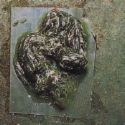
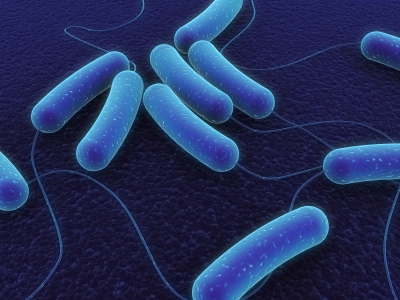
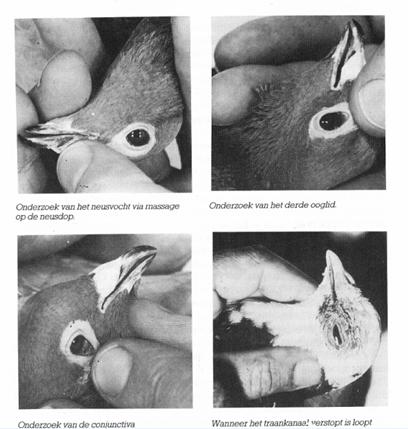
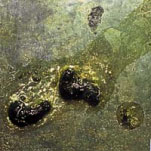
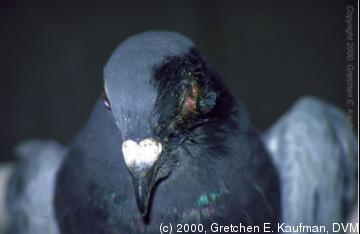
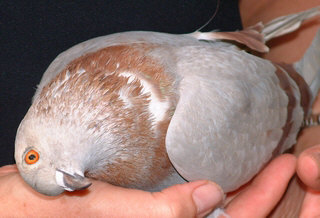
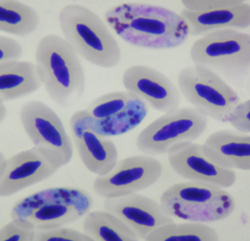
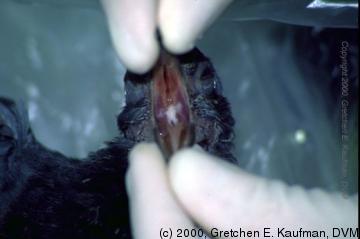



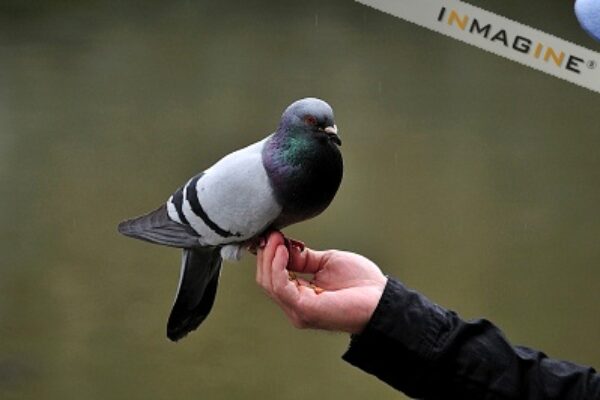
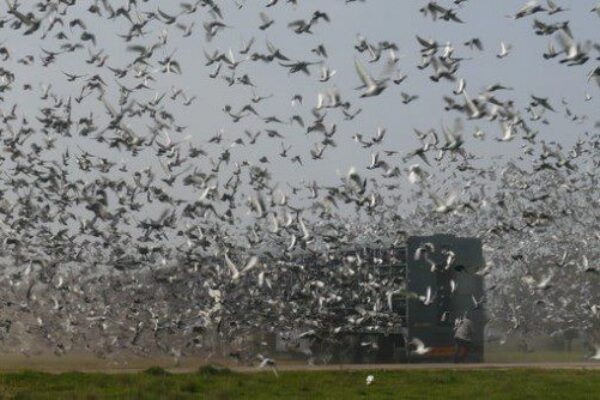
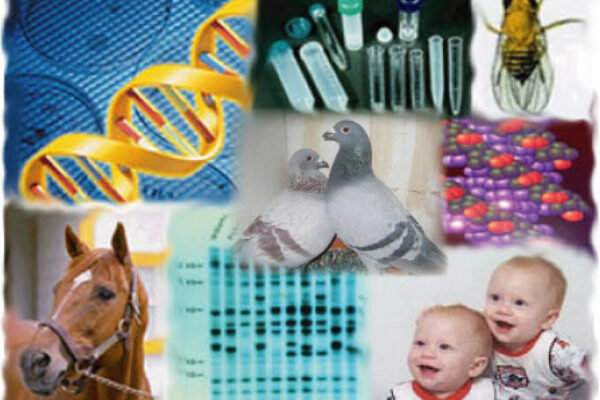
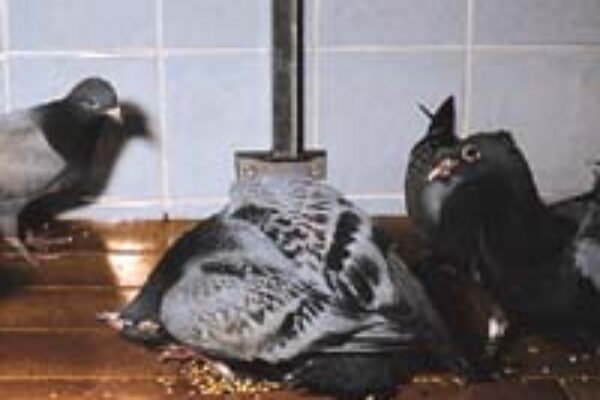


Hi chris this was very informative for a new flyer as well as one thats been around a long time
you should keep this on your site at all times Brad.
Give the medicine name and its uses, done better for cure pigeons
hi am shan from india ,what is the medicine to prevent pmv-1 diseases, my 4 doves effected these diseases, plz tel me the solution
Not always PMV. I used to think the same, then I treated with 10 days baytril antibiotic 5 gram tablet and no result for a week but over next 2 weeks they get completely better.
Salmonella has same symptoms, head twisting and I think we always think PMV but I have been a rehabber for 7 years and now only discovered that I can get these symptoms better and bird is well again.
So far I tested on 10 twisting birds and 7 are better now…Works almost all the time
VERY TRUE…COOL
Very nice and important article
Loved this article — precise and practical.
this very usefull for pegion keepers
good one . . . .